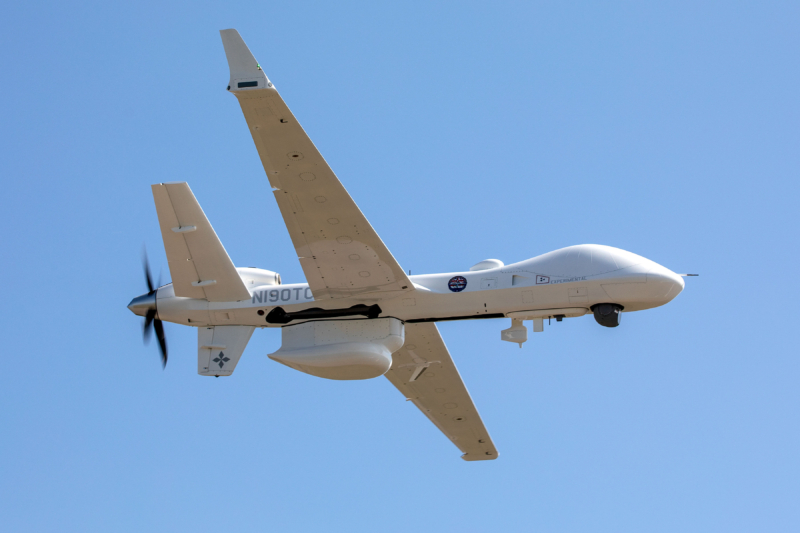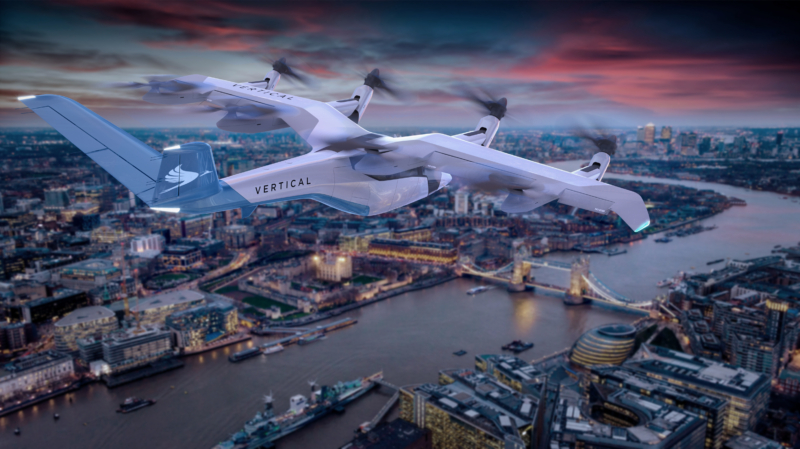Your electric flying taxi is nearly here
3 December 2021While the commercial aviation industry was suffering from unprecedented low demand during the pandemic, annual investments in the drone industry reached a record high in 2020, with $2.3Bn invested worldwide. Over 90% of those investments were in the manufacture of passenger-carrying eVTOLs (electric vertical take-off and landing vehicles), which will be used for Urban Air Mobility (UAM) or Advanced Air Mobility (AAM) operations – otherwise known as electric flying taxis.
The BBC recently reported that we may all be able to book a passenger-carrying flying taxi within three years, which seems quite soon. For many people, the idea of flying taxis ferrying people around cities brings to mind the old TV series, ‘The Jetsons’. But against a backdrop of huge investments, cross-industry partnerships, and increasing focus on regulatory changes, that Sixties world of The Jetsons is now knocking at our door.

Within the next five years, passenger-carrying piloted flying taxis are expected to start low-density operations across cities in the UK, at a rate that’s projected to exceed existing helicopter traffic. Not only will this bring huge economic benefits, but these vehicles are electrically powered, meaning they are as sustainable as they are state-of-the-art.
eVTOLs will operate in low-level airspace both in and outside the urban environment, primarily between 500ft – 1000ft, and will be fully integrated with other airspace users. In the near-term, commercial operations will evolve using conventional ATM procedures and technology to allow operations to occur within a small network of vertiports in unsegregated airspace. When we reach medium-density operations, increased demand will require new ATM procedures and technologies to allow new vertiport locations to be introduced, and to eventually enable automated flights with no human pilot onboard in the 2030s.
With our expertise of managing air traffic over London we’ve been working with a consortium of partners (Atech, Eve Air Mobility, Heathrow Airport, London City Airport, Skyports, Vertical Aerospace and Volocopter) to develop a concept of operations for urban air mobility in London. Sam Wright (ATC Requirements & Acceptance Manager, Swanwick) who’s been working on the project said:
“Bringing our operational expertise to projects like this means that we can help to shape the skies of the future and find new, sustainable ways of utilising airspace. This will ensure we maintain (or indeed enhance) the safety levels of the airspace that we currently manage as new aircraft types are introduced, but should also avoid capacity loss, increased workload and costs which could arise from inadequate planning.”

The project, which is part of the CAA’s Regulatory Sandbox, is still ongoing and the full concept of operations is due soon. On the basis of the work already completed, however, the CAA recently published CAP2272 which details the ‘Key Considerations for Airspace Integration within an Urban Air Mobility Landscape’ – a great example of how projects like the UK UAM Consortium can drive regulatory evolution. Throughout the project we’ve emphasised the importance of air navigation service providers in integrating these new types of aircraft – the role of an airspace manager will remain critical in areas of busy airspace to ensure all aircraft are safely separated, and able to enjoy the benefits of an integrated and modernised airspace.
‘Building back better’ from the devastating effects of the pandemic, along with our net zero ambitions, will require us to find new and sustainable ways of utilising our airspace. Industry wide collaborations like the UK UAM Consortium will be fundamental to achieving that, and these projects are all great examples of the collective innovation that will be needed to deliver lasting and practical solutions.
Comments
Please respect our commenting policy and guidelines when posting on this website.



04.12.2021
08:49
Billy Josefsson
Andy et al, pragmatic approach I do like it all the best for the implementations steps, we learn from your work, thank you / Billy LFV Sweden
07.12.2021
16:17
JCG
I really don’t think the residents of London deserve to have even more noise pollution foisted upon them. Do you not consider that creating additional noise pollution is part of damaging the environment? It certainly blights the lives of those who have to endure it.